Welcome to the fascinating world of museum lighting, where art and science come together to create an immersive experience for visitors.
Lighting in museums is not just about visibility; it’s about enhancing the beauty of the exhibits, preserving their integrity, and creating an atmosphere that allows visitors to connect with the displays. It’s a delicate balance between aesthetics and preservation, requiring a deep understanding of both the art and the science behind illumination.
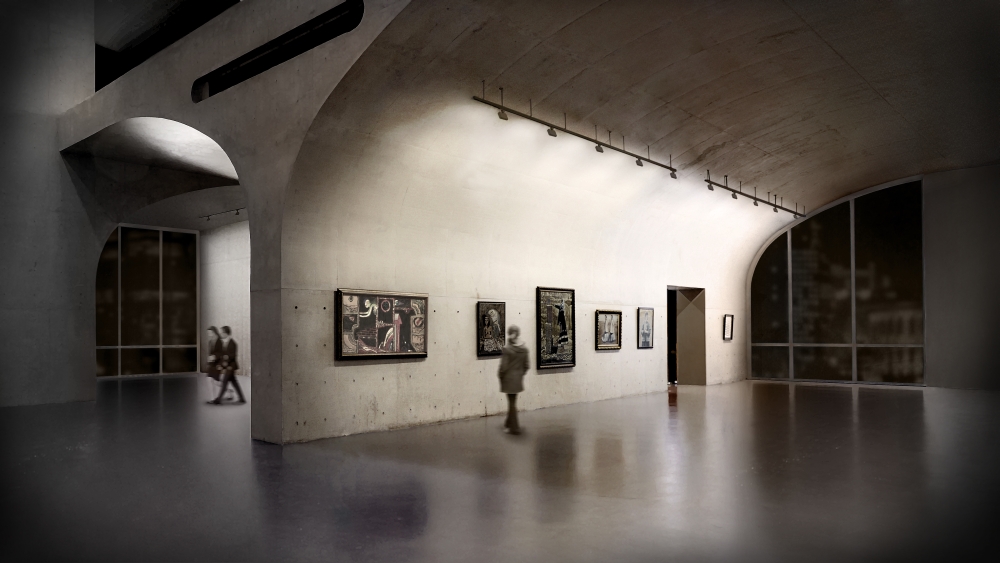
In the following sections, we will delve into the technical aspects of museum lighting, discuss the standards that guide the process, explore the role of lighting in exhibit protection, and much more. Whether you’re a museum professional, a lighting designer, or simply a museum enthusiast, this guide aims to shed light on the intricacies of museum illumination. So, let’s embark on this enlightening journey together.
The Science Behind Museum Lighting
The Intersection of Art and Science
Museum lighting is a unique field that marries the aesthetic principles of art with the precision and rigor of science. It’s not just about making exhibits visible; it’s about highlighting their beauty, emphasizing their details, and creating an atmosphere that enhances the overall visitor experience. Understanding the science behind lighting allows us to use it as a tool to create artful presentations in museums.
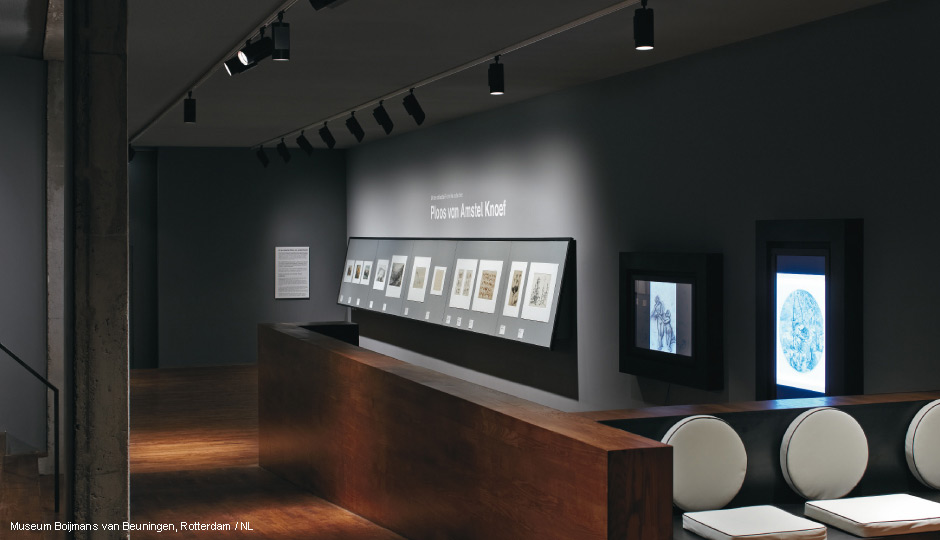
The Technical Aspects of Lighting
The technical aspects of museum lighting involve understanding the properties of light, including color temperature, intensity, and direction. Each of these factors plays a crucial role in how an exhibit is perceived. For instance, warmer color temperatures can create a sense of intimacy and nostalgia, while cooler temperatures can evoke feelings of objectivity and clarity.
Balancing Illumination and Preservation
One of the key challenges in museum lighting is balancing the need for illumination with the need for preservation. Light, particularly ultraviolet and infrared light, can cause damage to sensitive materials over time. Therefore, museum lighting must be designed to minimize this damage while still providing sufficient illumination for visitors to view the exhibits.
Standards for Museum Lighting
In the world of museum lighting, there are specific standards that guide the process. These standards are designed to ensure that the lighting not only enhances the visual appeal of the exhibits but also protects them from potential light damage.
These standards were established to provide a framework for museum lighting design, ensuring that the illumination of exhibits is done in a way that is both aesthetically pleasing and safe for the artifacts.
One of the primary concerns addressed by these standards is the protection of exhibits. Light, particularly ultraviolet light, can cause damage to sensitive materials over time. Therefore, these standards specify that the amount of ultraviolet radiation in the light sources should be minimized to protect the exhibits.
Different types of exhibits require different lighting conditions. For instance, light-sensitive exhibits such as paintings and textiles require lower light levels compared to less sensitive exhibits like metal or stone artifacts. The standards provide specific guidelines for the appropriate light levels for different types of exhibits.
Adherence to these standards is crucial in museum lighting design. Not only do they provide a guideline for protecting exhibits, but they also help in creating a visually pleasing environment for visitors. By understanding and implementing these standards, museums can ensure that their exhibits are illuminated in a way that is both beautiful and safe.
The Role of Lighting in Exhibit Protection
Lighting plays a critical role in the preservation of museum exhibits. While it enhances the visibility and aesthetic appeal of the artifacts, it can also pose a risk if not managed correctly. Both natural and artificial light can cause damage to sensitive materials over time, particularly ultraviolet and infrared light.
Exhibit Preservation and Light Damage:
It is important to minimize ultraviolet radiation in both artificial and natural light sources for exhibit preservation. The relative content of ultraviolet radiation in light sources should be less than 20 μW/lm. Traditional light sources may require filtering to achieve this, but LEDs, which do not emit harmful radiation, do not require such measures.

Illuminance and Exposure Requirements:
The illuminance values and exposure levels for light-sensitive exhibits should meet certain requirements. The following table provides examples of different exhibit categories and their corresponding illuminance requirements (in lux) and annual exposure levels (in lux·hours/year):
| Exhibit Category | Illuminance Requirement (lx) | Annual Exposure (lx·h/year) | Reference Plane and Height |
|---|---|---|---|
| Light-sensitive exhibits:Examples: textiles, paintings, paper items, colored ceramics, dyed leather, animal specimens | ≤ 50 | 50,000 | Exhibit Surface |
| Light-sensitive exhibits: oil paintings, egg tempera paintings, undyed leather, silverware, bone and horn artifacts, ivory artifacts, jade and gemstone artifacts, bamboo and wooden artifacts, lacquerware | ≤ 150 | 360,000 | Exhibit Surface |
| Non-light-sensitive exhibits:metal artifacts, stone artifacts, ceramic artifacts, mineral specimens, glassware, enamelware | ≤ 300 | Not restricted | Exhibit Surface |
The specific illuminance levels depend on the sensitivity of the exhibited materials.
Comparison of Illuminance Standards:
In China, the standards for museum lighting are generally strict. However, occasionally, deviations from the standards may be accepted due to the following reasons:
- The harmful components in existing light sources are decreasing, allowing for moderate increases in illumination.
- Compared to international standards, Chinese standards tend to be more stringent.
The table below compares the illuminance standards for museum exhibits between China and other countries (in lux):
| Category | Museum Industry Standard | CIE Museum Standard 1984 | US IESNA-2000 | UK CIRS-1984 | Japan JIS Z9110-1979 | Russia CHII-95 23-05 |
|---|---|---|---|---|---|---|
| Light-sensitive exhibits | ≤ 50 | 50 | – | 50 | 75-150 | 50-75 |
| Light-sensitive exhibits | ≤ 150 | 150 | – | 150 | 300-750 | 150 |
| Non-light-sensitive exhibits | ≤ 300 | 300 | No restriction | No restriction | 750-1500 | 200-500 |
Light Quality
The color rendering index (CRI) should be above 80 for general lighting and above 90 for environments with high color rendering requirements. Currently, most lighting used in museums already exceeds these criteria.

The color temperature of the lighting should be below 5300K for general display areas and below 3300K for areas displaying cultural relics. Consistency in color temperature should be maintained for lighting the same exhibits.

Glare
The cutoff angle for direct luminaires should not be smaller than the values specified in the table below. The discomfort glare in general lighting should be assessed using the Unified Glare Rating (UGR), and its value should not exceed 19.
| Luminance (kcd/m²) | Cutoff Angle (°) |
|---|---|
| 1 – 20 | 10 |
| 20 – 50 | 15 |
| 50 – 500 | 20 |
| > 500 | 30 |
The cutoff angle specifies the angle at which direct luminaires should be shielded to reduce discomfort glare.
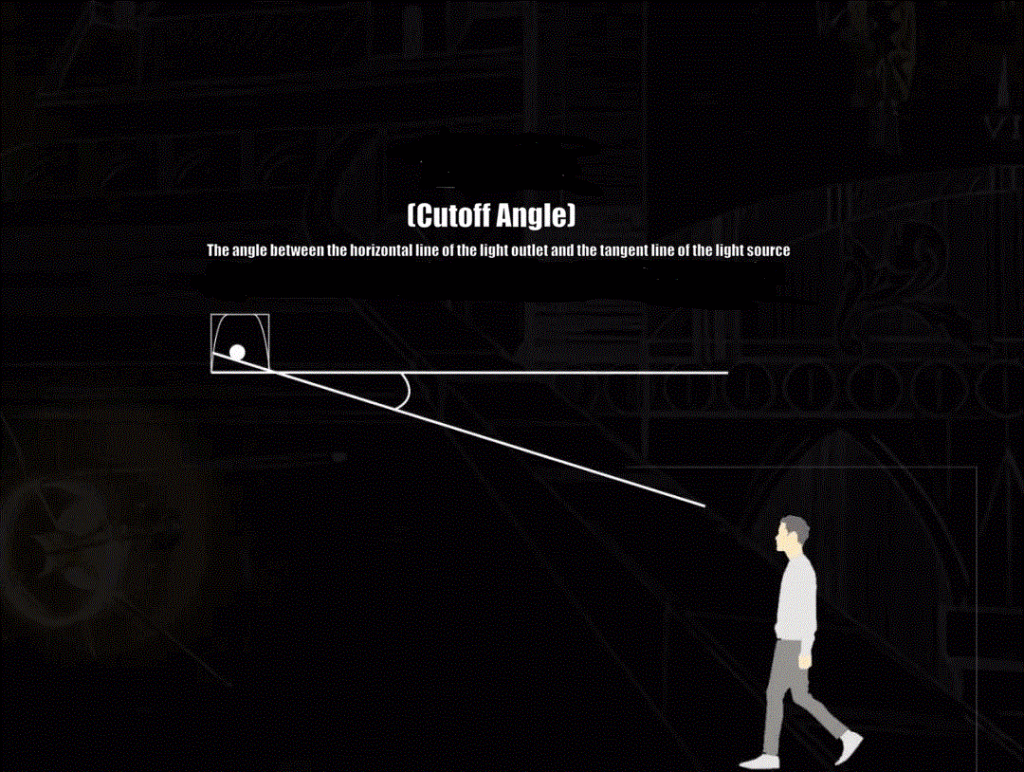
Professional lighting fixtures used in museums generally have cutoff angles larger than 30 degrees. Increasing attention is being given to glare reduction by utilizing concealed luminaires or adding glare prevention accessories.
Uniformity
The uniformity of floor illuminance in general lighting should not be less than 0.7.
For planar exhibits, the uniformity should not be less than 0.8.
For planar exhibits with heights greater than 1.4m, the uniformity should not be less than 0.4.
High uniformity in spatial lighting creates a comfortable environment and reduces visual fatigue. The standards set a relatively high requirement for floor uniformity, but professional lighting products can meet or even exceed these standards for exhibit lighting.
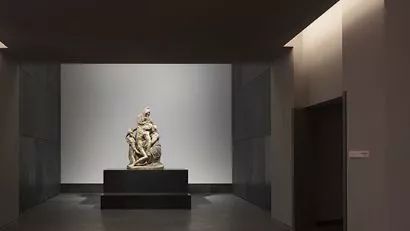
Light Fixture Selection and Placement
The selection and placement of light fixtures play a pivotal role in museum lighting. The right choice of fixtures can enhance the visual appeal of exhibits, create a desired atmosphere, and ensure the preservation of artifacts.
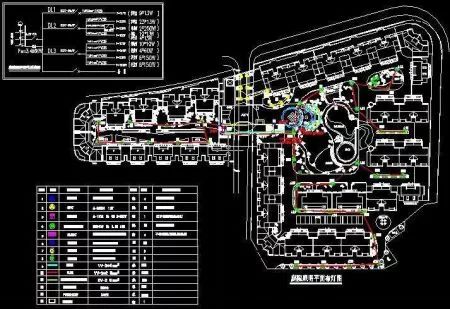
1. Selecting the Right Light Fixtures
The choice of light fixtures depends on several factors, including the type of exhibit, the desired visual effect, and the preservation requirements. For instance, LED lights are often preferred for their energy efficiency, longevity, and the fact that they do not emit harmful ultraviolet or infrared radiation. The color temperature of the light is also an important consideration, as it can significantly impact the perception of the exhibit.

2. Placement of Light Fixtures
The placement of light fixtures is equally important. The fixtures must be positioned in a way that optimally illuminates the exhibits without causing glare or uneven lighting. The direction and intensity of the light should be carefully controlled to highlight the details of the exhibits and create a visually pleasing environment.
3. Consideration of Museum Infrastructure
The selection and placement of light fixtures also need to take into account the museum’s infrastructure, including the ceiling structure, the layout of pipelines and air outlets, and the installation locations. These factors can influence the choice of fixtures and their placement.
4. Adapting to Changing Exhibits
Museums often rotate exhibits or host temporary exhibitions, which requires flexibility in lighting design. The light fixtures and their placement should be adaptable to accommodate changing exhibits and ensure that each exhibit is presented in the best possible light.
The selection and placement of light fixtures is a critical aspect of museum lighting that requires careful planning and execution. By making the right choices, museums can create a visually stunning and preservation-friendly environment for their exhibits.
Simulation Analysis and Verification in Museum Lighting
Importance of Simulation Analysis and Verification
Simulation analysis and verification play a crucial role in museum lighting design by allowing designers to predict and evaluate the performance of different lighting setups before their physical implementation. This process offers several benefits, including time and cost savings, as well as increased precision in the lighting design.
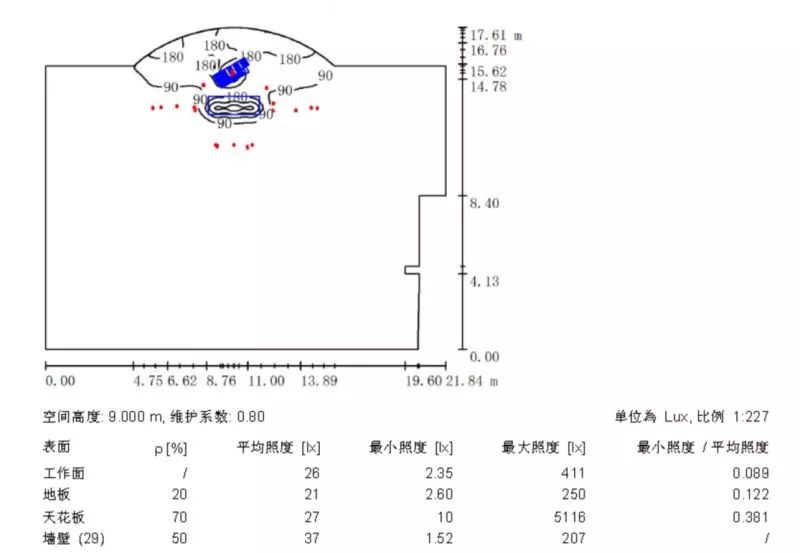
IES Files for Photometric Data
One key tool in this process is the use of IES (Illuminating Engineering Society) files. IES files contain photometric data for light fixtures, enabling accurate simulation of how a fixture will distribute light in a space. By utilizing IES files, designers can assess the performance of different fixtures and choose the most suitable ones for each application.
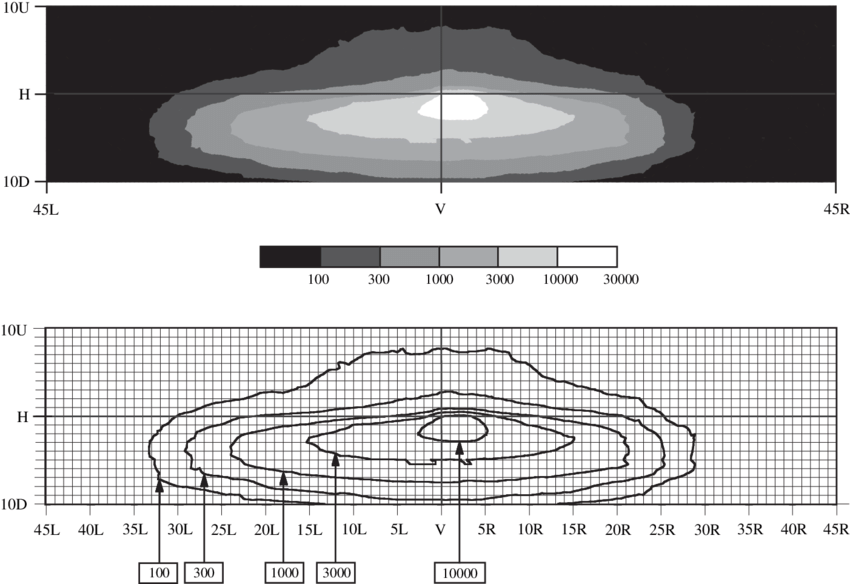
Dialux Software for Virtual Modeling
Another important tool is the Dialux software, a professional light planning software. Dialux allows designers to create virtual models of spaces and simulate various lighting scenarios. Designers can adjust the placement, intensity, and color of lights within the software and observe the effects on the overall lighting of the space. This aids in making informed decisions regarding the best lighting solutions for each exhibit.
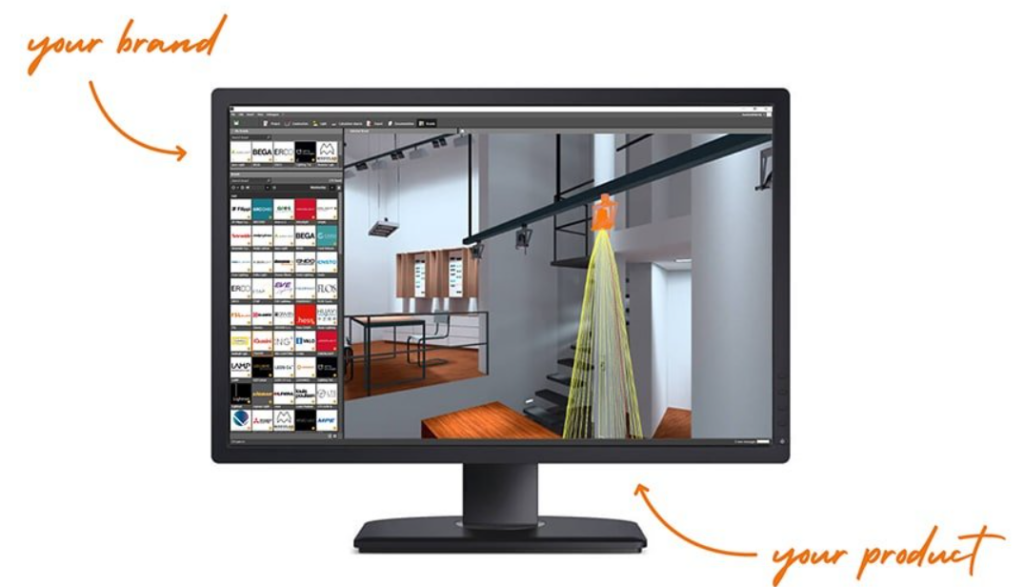
Physical Testing and Mock-ups
In addition to software-based simulations, physical testing is an essential part of the process. Once a lighting design has been simulated and refined, it is common to set up a physical mock-up of the lighting setup to verify the results. This step enables designers to observe the actual appearance of the lighting and make any necessary adjustments.
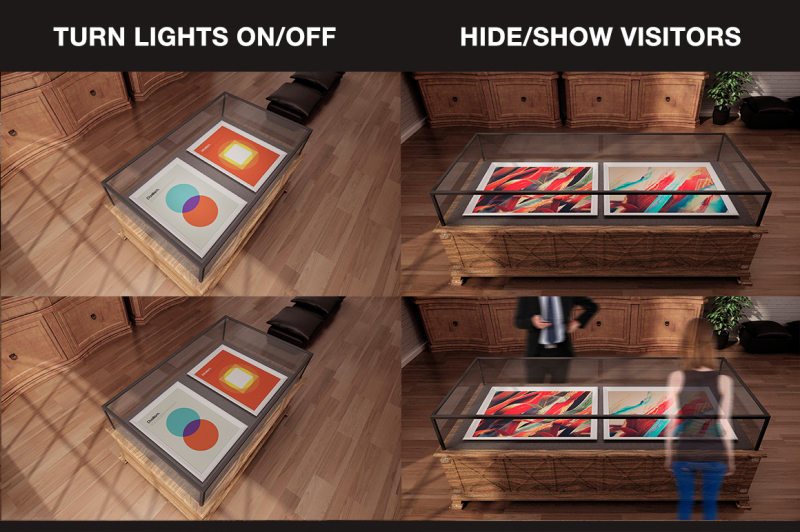
Enhancing Design Accuracy with 3D Modeling
For complex exhibition spaces or exhibits with uncertain spatial conditions, 3D modeling is employed. Accurate parameters and precise modeling alignment yield highly accurate and detailed data results. This includes information such as illuminance at various points on the main surfaces and average illuminance, providing comprehensive insights.
.jpg)
Evaluation and Validation of Lighting Design
The simulated data obtained through these processes allows designers to assess whether the overall design meets functional requirements and complies with standards. Following the completion of the simulation, selected critical scenarios are usually tested using physical lighting fixtures to validate the results.
Iterative Process and Adjustments
The technical and theoretical work in museum lighting design is typically an iterative process. It involves incorporating expert opinions, accommodating client preferences, and addressing any discrepancies between experiments and simulations. These adjustments are made to refine the lighting design and ensure its effectiveness.
By leveraging simulation analysis, utilizing tools like IES files and Dialux software, and conducting physical tests, museum lighting designers can create designs that enhance the aesthetic appeal of exhibits, provide a pleasant atmosphere for visitors, and safeguard exhibits from potential light damage.
The Flexible Use of Lighting Techniques
The art of museum illumination is not a one-size-fits-all approach. It requires the skillful application of various lighting techniques to create dynamic and engaging spaces. The choice of lighting technique has a significant impact on the mood of the exhibition, the visibility of artifacts, and the overall visitor experience.
Highlighting with Spotlights and Accent Lighting
Different lighting techniques can be used to highlight the unique features of each exhibit. Spotlights can draw attention to a particular artifact, allowing it to stand out and capture visitors’ attention. LED accent lighting techniques can also be employed to create visual interest and emphasize specific elements within an exhibit.
.jpg)
Setting the Mood with Ambient Lighting
Ambient lighting plays a crucial role in creating a desired atmosphere and mood within an exhibition space. By carefully selecting and adjusting ambient lighting, museum designers can enhance the overall thematic experience and evoke specific emotions in visitors.
Adapting to Exhibit Sensitivity with Diffused Lighting
The sensitivity of exhibits to light must be considered when choosing lighting techniques. Light-sensitive artifacts, such as textiles and paintings, require diffused lighting to minimize potential light damage. This technique helps distribute light evenly across the surface, reducing the intensity of direct light exposure and preserving the integrity of delicate materials.
Enhancing Details with Intense Lighting
In contrast, exhibits made of less sensitive materials, such as metal or stone artifacts, can be illuminated with more intense lighting. This technique brings out the intricate details, textures, and three-dimensional qualities of the objects, providing visitors with a clearer understanding and appreciation of the artifacts.
.jpg)
Creating Effects with Color Temperature
The color temperature of light can also be adjusted to create different effects and enhance the ambiance of an exhibition. Warmer color temperatures evoke a sense of intimacy, nostalgia, and comfort, while cooler color temperatures convey objectivity, clarity, and a contemporary feel. By strategically selecting color temperatures, designers can enhance the overall theme and emotional impact of the exhibition.
Flexibility and Versatility of LED Lighting
Modern lighting technologies, particularly LED lights, provide museums with greater flexibility and versatility in their lighting designs. LED lights offer a wide range of color temperatures and intensities, allowing designers to create various lighting effects and adapt to different exhibit requirements. LED lighting also offers energy efficiency and longevity, contributing to sustainable museum practices.
The art of museum illumination relies on the skillful application of lighting techniques tailored to each exhibit’s unique characteristics. By understanding and adeptly utilizing these techniques, museums can create visually stunning and engaging exhibitions that captivate visitors, evoke emotions, and highlight the beauty of their exhibits.
Conclusion
In conclusion, the art of museum illumination is a fascinating blend of science, technology, and aesthetics. It’s about creating a visually stunning environment that enhances the visitor experience while ensuring the preservation of precious artifacts. From understanding the standards for museum lighting to selecting the right light fixtures, from simulating lighting conditions to flexibly applying lighting techniques, every aspect plays a crucial role in the overall illumination design.
As we move towards the future, advancements like LED spotlights and smart LED lighting offer exciting possibilities for museum lighting. However, the core principles of museum lighting remain the same: to highlight the beauty of the exhibits, create a pleasing atmosphere for visitors, and protect the exhibits from potential light damage.
If you’re interested in learning more about LED lighting solutions for museums, consider reaching out to Sinolumi LED Limited. They offer a wide range of high-quality LED products that can help you create the perfect lighting environment for your museum.
Remember, the art of illumination is not just about lighting up a space; it’s about bringing exhibits to life and creating an unforgettable experience for every visitor. So, let’s continue to explore, innovate, and illuminate our museums in the best possible light.
FAQ
- Q: Why is lighting important in museums? A: Lighting enhances the visibility, ambiance, and overall experience of exhibits.
- Q: What is the purpose of museum lighting? A: The purpose is to showcase artifacts, create a desired atmosphere, and protect exhibits from light damage.
- Q: How does lighting affect the perception of artworks? A: Lighting influences the color, texture, and detail visibility, enhancing the visual impact of artworks.
- Q: What are the different types of museum lighting fixtures? A: Examples include spotlights, track lights, wall washers, and pendant lights.
- Q: What is the recommended color temperature for museum lighting? A: It varies depending on the exhibit and desired ambiance, but typically ranges from 2700K to 4000K.
- Q: How can lighting help in preserving delicate artifacts? A: Proper lighting techniques, such as UV filtering and controlled intensity, can minimize light damage.
- Q: What is the role of accent lighting in museums? A: Accent lighting draws attention to specific artifacts, details, or focal points within an exhibit.
- Q: Can LED lights be used in museum lighting? A: Yes, LED lights are widely used due to their energy efficiency, versatility, and controllability.
- Q: How can lighting design enhance the storytelling aspect of exhibits? A: Lighting can be used to create dramatic effects, highlight narratives, and guide visitors through the exhibition.
- Q: What is the recommended illuminance level for museum exhibits? A: It varies depending on the sensitivity of the artifacts, but typically ranges from 50 lux to 300 lux.
- Q: How can lighting be adjusted for temporary exhibitions? A: Flexible lighting systems and track lighting allow for easy repositioning and adjustment of lights for changing exhibits.
- Q: What are the challenges in lighting large museum spaces? A: Challenges include maintaining uniformity, managing glare, and ensuring appropriate lighting levels across the space.
- Q: How can lighting be integrated with museum architecture? A: Lighting design should consider architectural elements, sightlines, and aesthetics to enhance the overall space.
- Q: What is the role of lighting controls in museum lighting? A: Lighting controls enable adjustments in intensity, color, and scheduling for optimal display and energy efficiency.
- Q: How can lighting contribute to visitor comfort in museums? A: Proper lighting levels, reduced glare, and comfortable color temperatures help create a pleasant visitor experience.
- Q: Are there specific lighting standards for museum exhibits? A: Yes, there are international lighting standards and guidelines specific to museum and gallery lighting.
- Q: How can lighting be used to create dynamic and interactive exhibits? A: Lighting effects, color-changing LEDs, and interactive lighting installations can engage visitors and enhance their experience.
- Q: Can lighting be used to emphasize the architectural features of a museum building? A: Yes, architectural lighting techniques can highlight the unique design elements and façade of a museum building.
- Q: How often should lighting systems be maintained in museums? A: Regular maintenance, including cleaning, lamp replacement, and system checks, should be performed to ensure optimal performance.
- Q: How can museums ensure energy efficiency in their lighting systems? A: Using energy-efficient lighting technologies, implementing lighting controls, and optimizing system design can help achieve energy efficiency goals.
